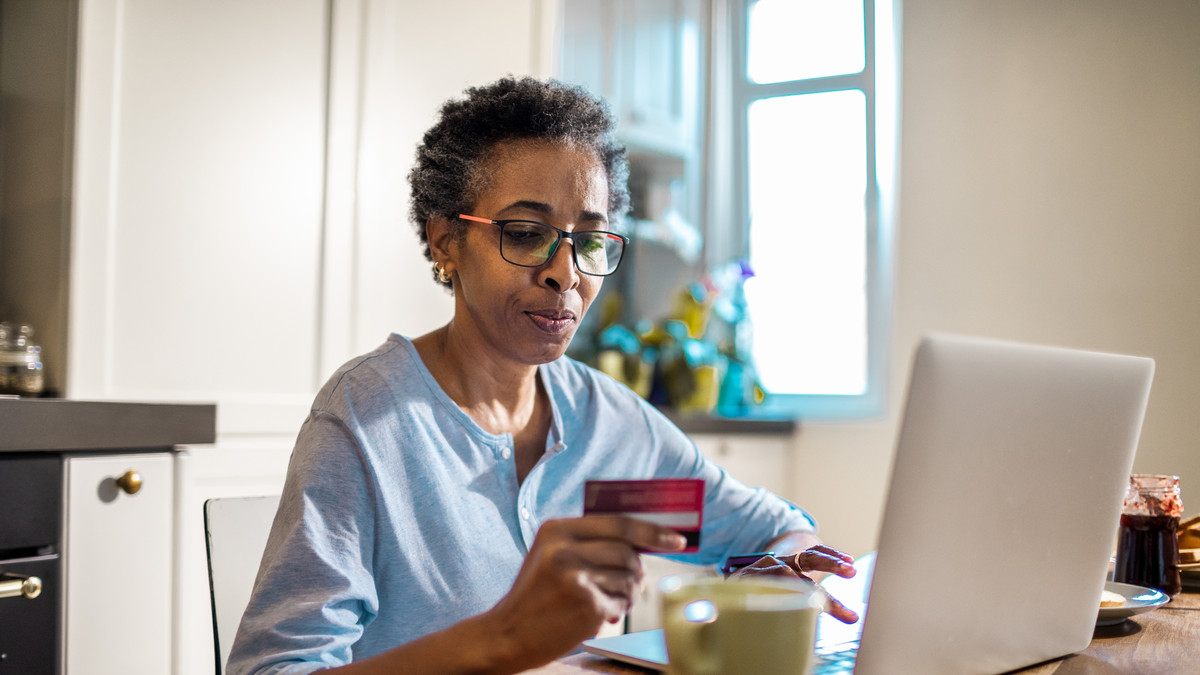It’s increasingly challenging for small businesses to keep up with consumer demands. Pre- and post-pandemic habits have merged, creating new consumer behaviors. I hesitate to call it “the new normal” because I’m not sure how many of these activities are entrenched since many consumers seem ready to pivot at any point.
But small business owners need to pivot as well and stay alert to the changing consumer retail buying patterns.
Click-and-Collect
There’s no question that the retail industry is at the center of the marriage of the new and old. During the pandemic, consumers flocked to online stores, including millions of baby boomers who previously were loyal in-store shoppers. Today, 92% of baby boomers shop online, and according to MIVA are buying everything from health and personal care products to electronics, home, and gardening goods.
Fueled by the pandemic—boomers increased their online spending by nearly 50% in 2020 alone, according to NPD Group’s Checkout Tracking. And according to Statista, almost 90% of boomers planned to shop on Amazon this past holiday season.
In-store retailers that added “click-and-collect” services during the pandemic have seen a shift in usage. According to InsiderIntelligence/eMarketer, click-and-collect (which includes BOPIS—buy online, pick up in-store, and curbside pickup) “is no longer stealing significant dollar volume share from traditional e-commerce delivery or in-store shopping.” But that’s not because consumers have shunned it; instead, it’s “now the status quo,” and they expect the retailers (and restaurants) they frequent to offer it.
Convenience is key for these shoppers, says Morning Consult, so make it easy for your customers to shop and collect their merchandise. That means plenty of parking and letting them choose their own pickup time.
Buy Now, Pay Later
Another service today’s customers want is the option to buy now and pay later (BNPL). InsiderIntelligence/eMarketer says BNPL usage increased over the holidays and will continue to grow. They predict that “by 2026, nearly 40% of internet users will have used a BNPL solution.”
Coupons
American consumers have long used coupons. The difference is that today’s coupons are increasingly digital. In fact, InsiderIntelligence/eMarketer says 67% of Americans use digital coupons, and of those consumers, 90% access them on their smartphones.
But CouponFollow’s Millennial Shopping Habits: Trend Report 2022 reveals that 48% of millennials (the country’s largest generation of consumers) prefer to get their coupons via email. They also like to receive percent-off coupons (35%) over dollar discounts (19%).
Coupon usage rises during times of economic uncertainty as the Digital Coupons report says that “brand loyalty fades as prices rise,” and offering “cost-conscious millennials looking for the best deals, discounts can introduce [them] to new brands and encourage them to buy more.”
Loyalty Programs
Although loyalty programs are also not new, today’s consumers don’t think “the old-school approach to loyalty programs” works for them. Instead, they’re looking for more value. Seventy-eight percent of consumers say good loyalty programs influence their purchases or make them more likely to do business with a company. This is important because rising costs have made 58% of consumers less likely to be loyal to a business, and 65% have canceled membership-based programs to cut costs.
Still, loyalty perks or programs are so important to 52% of consumers that they’re willing to allow businesses to attach tracking cookies, according to a Braze/Dynata survey. That survey also points out the conflict consumers have about protecting their information online. While 61% say they’re very concerned about online privacy issues, and 49% say data privacy is more valuable to them than personalization, 53% of consumers expect a unique and personalized experience every time they engage with a business, no matter the medium (in-person, via social media, chat features, etc.).
Product Discovery
The pandemic-induced surge in online shopping also changed how consumers discover the products they want to buy. A Jungle Scout report shows that most consumers (61%) begin their product hunt at Amazon instead of starting at a search engine. Search engines are second (49%), Walmart.com is third (32%), with YouTube (20%) and Facebook (19%) rounding out their top five choices. So, consider augmenting your store and/or e-commerce site by listing some products on Amazon.
Of course, there are other ways to reach consumers searching for new products. There are some generational differences. HubSpot reports that:
- 39% of Gen X consumers search the internet for new products.
- Online search is also important to millennials when looking for new products (ranking second). Consider leveraging paid ads and employing a solid SEO strategy to reach them and Gen X consumers. Social media, via ads and sponsored content, is their top choice for product discovery.
- Gen Z also prefers to discover new products on social media, but they’d rather watch short-form videos.
Hybrid Shopping
An article by Momentive says that, “the lines have blurred between traditional retailers and online brands” and hybrid shopping is here to stay. A recent study it conducted shows that 56% of consumers want the option to shop online and in-store, and nearly one-quarter are less likely to make an online purchase at a business without a storefront.
Momentive concludes, “While hybrid shopping might have started as a response to the pandemic, consumers of all ages have latched on to the convenience. The leading driver for hybrid shopping? Reducing stress.”
And a convenient and stress-free shopping experience is what is going to drive more customers to your business.
This article was written by AllBusiness from Forbes and was legally licensed through the Industry Dive Content Marketplace. Please direct all licensing questions to legal@industrydive.com.
